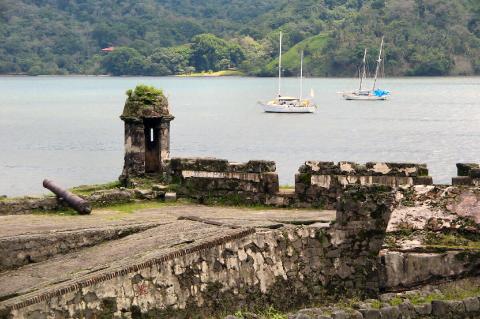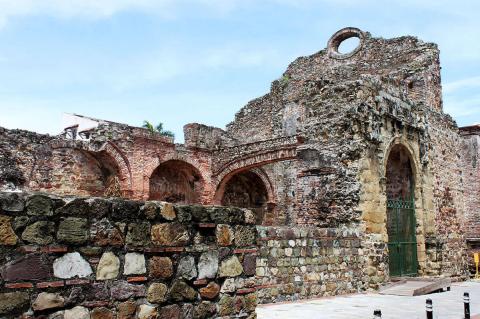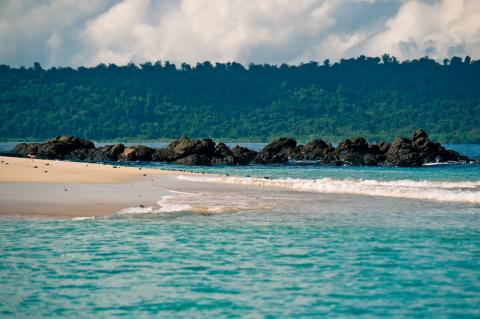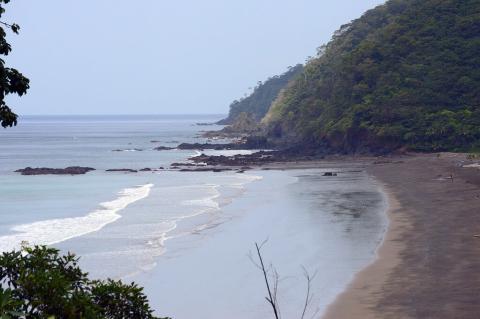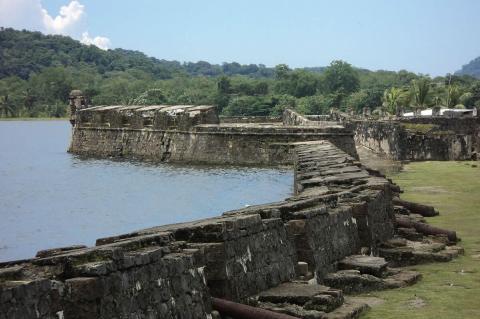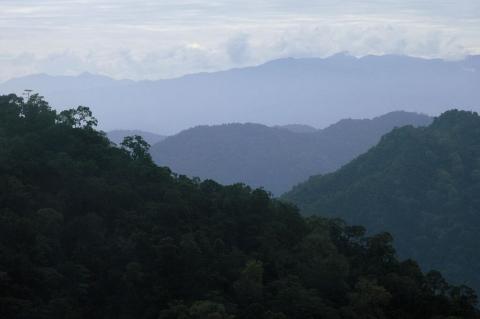Panama: Cultural Landscape
Panama's cultural landscape is a mosaic of indigenous heritage, African influences, colonial history, and contemporary expressions. The country embraces diversity, promoting cultural preservation and celebration as an integral part of its national identity.
